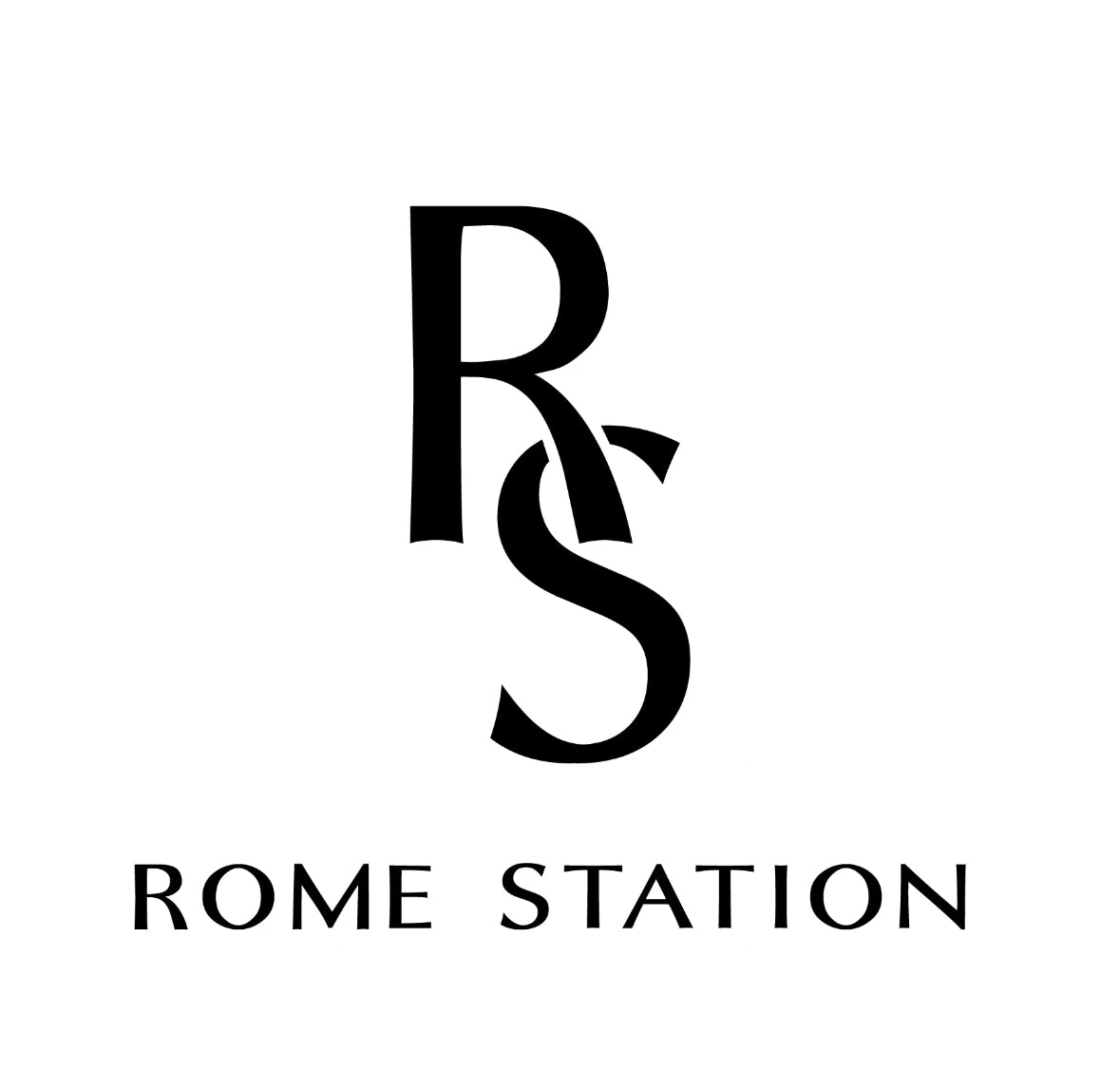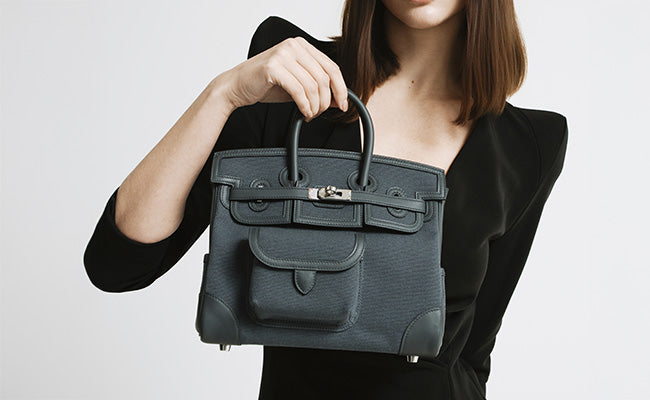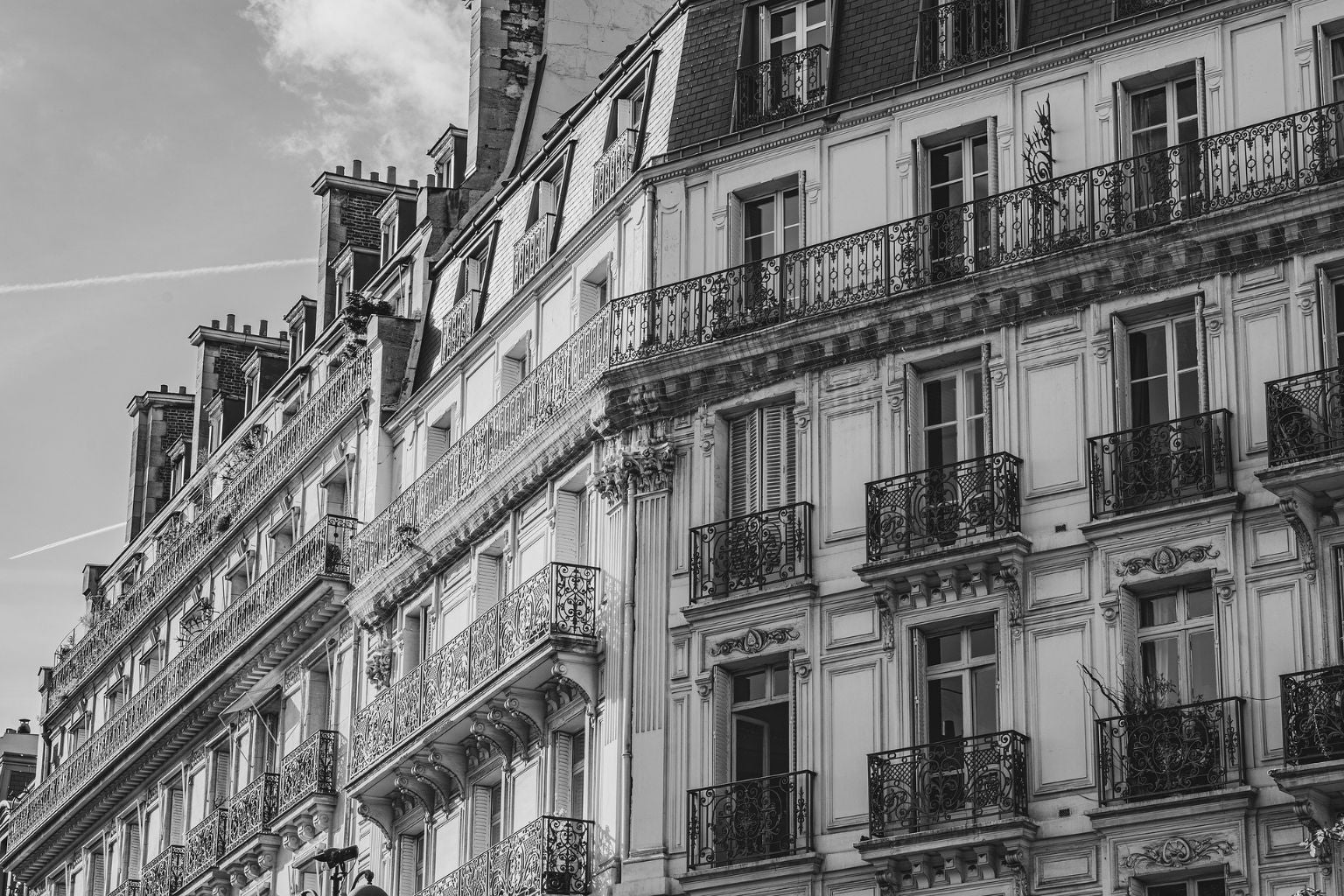
Chevre Mysore vs. Chevre de Coromandel: Lightweight Powerhouses
Check out our Hermès collection and Birkin bags!
When it comes to Hermès goat leathers, two names always seem to spark debate among collectors and bag lovers.
Chèvre Mysore and Chèvre de Coromandel both sit at the top of the lightweight luxury game, each bringing their own quirks and strengths that make them hard to resist.
Both leathers boast lightweight, scratch-resistant qualities that make them practical choices, but Chèvre Mysore has a finer, more refined grain, while Chèvre de Coromandel shows off a unique iridescent finish.
Knowing what sets them apart matters, especially since one has mostly phased out the other in Hermès' current lineup.
There’s plenty of talk in boutiques about which goat leather really rules. Truth is, both have earned their legendary status, and understanding their personalities will help you land the right one for your collection.
Key Takeaways
- Chèvre Mysore and Chèvre de Coromandel are lightweight, scratch-resistant goat leathers with subtle but important differences in grain and finish
- Chèvre de Coromandel has an iridescent look and is mostly discontinued; Chèvre Mysore is now Hermès' main goat leather
- Both leathers are tough and practical, perfect for those who want beauty and everyday usability
What Is Chèvre Leather?
Chèvre leather comes from goatskin and is among Hermès' most prized materials, famous for its durability and feather-light feel. This type of leather has deep roots in traditional craftsmanship and continues to define luxury in modern Hermès bags.
Origins and Heritage of Hermès Chèvre
Chèvre leather has its roots in ancient goat-raising regions, where traditional tanning methods created standout materials. Hermès sources goatskin from specific places known for top-notch quality.
Back in the early 20th century, Hermès built relationships with tanneries in India and elsewhere, focusing on regions where the climate helped produce goats with fine, tight-grained skin.
Some old-school tanning processes looked like this:
- Vegetable tanning with local plants
- Chrome re-tanning for extra toughness
- Finishing techniques unique to each area
Mysore, India got a reputation for producing especially fine goatskin. The region’s climate and feeding practices led to goats with dense, fine-grained hides.
Hermès representatives used to visit tanneries themselves, picking hides based on strict standards: tight grain, right thickness, and minimal natural marks.
Why Chèvre Reigns in Hermès Bags
Chèvre leather just works for luxury handbags. It delivers on performance without losing its elegance.
It’s much lighter than other Hermès leathers but still strong. For example, a chèvre Kelly weighs about 30% less than the same bag in Box Calf.
Some real-world perks:
- Great scratch resistance
- Some natural water resistance
- Holds its shape without sagging
- Corners and stress points barely show wear
Hermès often uses chèvre for bag interiors because it’s tough and the tight grain shrugs off minor damage while developing a nice patina.
The leather loves color. It holds dye really well, so special orders and limited editions pop with bold, lasting shades.
From a maker’s point of view, chèvre is easier to handle and finish, letting Hermès artisans nail those crisp details that set their bags apart.
Chèvre Mysore: Characteristics and Appeal
Chèvre Mysore is one of Hermès' most refined goatskin leathers: tough, lightweight, and quietly elegant. This leather brings impressive scratch resistance and shows off color like few others.
Texture, Grain, and Feel
Chèvre Mysore has a super-fine, tight grain that’s almost invisible from a distance. Up close, you’ll see a subtle texture.
At first touch, the leather feels firm, but it gives a bit under pressure. There’s a springiness to it that’s oddly satisfying.
Some tactile highlights:
- Fine, even grain
- Flexibility that shifts with temperature
- Natural sheen, not plastic-y or coated
- Holds a bit of warmth to the touch
This texture makes Chèvre Mysore perfect for structured bags like the Kelly. It keeps edges crisp and lines sharp.
Durability and Everyday Use
Despite being light, Chèvre Mysore is really durable. Its tight fibers resist stretching, losing shape, and day-to-day wear.
It’s especially good at hiding scratches. Little marks tend to fade in over time, thanks to the leather’s natural oils and tight grain.
Durability at a glance:
- About 30% lighter than Box Calf
- Resists light moisture naturally
- Keeps its shape without extra support
- Corners hold up impressively well
For daily use, Chèvre Mysore shines on smaller bags like the Mini Kelly or Birkin 25. The leather stands up to regular wear and ages gracefully.
Even spots that rub against hardware don’t show much marking. That makes it a smart pick for bags with a lot of hardware.
Colour Saturation and Finish
Chèvre Mysore takes dye beautifully. Colors come out rich and deep, with even coverage and no weird mottling you sometimes get with other leathers.
Bright shades like Orange or Rose Jaipur really pop on this leather. The natural sheen boosts the vibrancy without looking fake or overly shiny.
Finish notes:
- Develops a soft lustre over time
- Colors soak in evenly
- Rarely transfers or bleeds color
The patina that develops is lovely. Unlike some leathers that darken a lot, Chèvre Mysore keeps its original color well, just picking up a bit of character.
Lighter shades tend to stay more consistent as they age, while darker ones might shift a bit more. That predictability is nice if you’re building a collection.
Chèvre de Coromandel: Distinct Features
Chèvre de Coromandel stands out for its scratch resistance and long life, thanks to its male mountain goat hide. It also sports a distinctive sheen and bold grain that make it a favorite for Hermès accessories and smaller bags.
Surface Sheen and Grain Pattern
The first thing you’ll notice about Chèvre de Coromandel is its sheen, almost iridescent. It catches the light in a way that gives bags a subtle, elegant glow.
The grain is larger and more pronounced than Mysore. You can see and feel the texture, which adds visual interest.
The spine often stays visible, which adds to the leather’s character. The mix of shine and texture means Coromandel bags photograph beautifully and always catch the eye.
The iridescence shifts depending on the lighting. Indoors, you might spot subtle color changes; in sunlight, the reflective quality really comes alive.
Scratch Resistance and Longevity
Chèvre de Coromandel is seriously tough. Scratches barely register, and the leather seems to shrug off the kind of wear that would bother other materials.
Made from male mountain goat hide, it’s both strong and surprisingly soft. Goat leather is just inherently more resilient than calf, so these bags hold up for years.
Durability highlights:
- Outstanding scratch resistance
- Keeps its looks for decades
- Lightweight but strong
- Ages gracefully, not sloppily
Collectors love Coromandel because it stays looking great even with regular use. If you want a bag that’ll last, this is a solid bet.
Availability in Hermès Designs
You’ll mostly find Chèvre de Coromandel on smaller Hermès items: wallets, accessories, and compact bags. It doesn’t show up much on full-size Birkins or Kellys.
Since Hermès switched to Chèvre Mysore as its main goat leather in 2002, Coromandel has become harder to find. Tracking down vintage pieces is almost a sport for die-hard collectors.
Typical uses:
- Small leather goods
- Compact bags
- Wallet interiors
- Special accessories
When Coromandel does appear on bigger bags, prices jump on the resale market. The combo of rarity and durability makes these pieces especially sought after by Hermès fans who want both style and substance.
Chèvre Mysore vs. Chèvre de Coromandel: Head-to-Head
Both leathers come from goatskin and are known for being scratch-resistant, but Chèvre Mysore has a finer, subtler grain, while Chèvre de Coromandel brings more texture and variation. The choice really depends on what catches your eye, how you’ll use the bag, and what you can actually find these days.
Visual Differences Up Close
The grain is the giveaway. Chèvre Mysore is super fine and tight, almost smooth from a distance, with a dotted texture up close.
Chèvre de Coromandel has bigger, bolder grain. If you run your fingers over it, Coromandel feels more textured, while Mysore is smoother, even though both are natural grain.
The spine is another clue. Coromandel often has a visible spine, which some collectors love for the extra character. Mysore’s spine is much subtler.
Under a loupe, Mysore’s grain looks like tiny, even dots. Coromandel’s grain is more varied with different sizes and spacing.
Both develop patina, but Coromandel’s aging is more dramatic. The big grain catches light in interesting ways as it ages.
When to Choose Each Type
Go for Chèvre Mysore if you want a super-refined look. It’s perfect for structured bags like the Kelly, where crisp lines matter. The fine grain is great for photos and holds edges well.
Mysore is also the choice for bright colors, since the grain doesn’t compete with bold hues. It’s a good pick for special occasions or when you want quiet sophistication.
Pick Chèvre de Coromandel for bags you’ll use every day. The bigger grain hides scuffs better than Mysore’s sleek surface.
Coromandel has a casual luxury vibe. The texture adds interest to neutral colors and works especially well in earthy tones.
If you love vintage, Coromandel is often found in older Hermès bags and develops that “lived-in” look that only gets better with age.
Resale Value and Rarity
Chèvre de Coromandel pulls premium prices since it was discontinued in 2015. Vintage pieces in top shape can fetch 40-50% over retail, especially in rare colors.
Kelly bags in Chèvre de Coromandel tend to outperform other leathers at auction. Some pristine ones have hit $25,000 to $35,000, depending on size and color.
Chèvre Mysore is easier to find since Hermès still makes it. Current pieces hold value but don’t jump in price like discontinued Coromandel.
| Leather | Market Status | Price Premium | Investment Potential |
|---|---|---|---|
| Chèvre Mysore | Current production | 10-20% above retail | Good |
| Chèvre de Coromandel | Discontinued 2015 | 40-50% above retail | Excellent |
Rare Coromandel shades like Vert Veronese or Rouge Vif get the highest premiums. Mysore’s value depends more on condition and hardware than rarity.
Other Essential Hermès Leathers Compared
Beyond chèvre, Hermès uses several other leathers, each with its own personality. Box Calf brings classic structure, Togo and Epsom are go-tos for everyday use.
Box Calf, Togo, and Epsom Overview
Box Calf is Hermès’ most formal leather. It’s smooth and ages with a gorgeous patina but scratches easily, so it’s better for special occasions than daily wear.
Togo leather is the daily driver. Its pebbled texture hides scratches and keeps its shape. For first-timers, Togo is a safe bet, almost indestructible.
Epsom leather is all about precision. It’s heat-pressed for a uniform look, lighter than Togo, and holds sharp lines. The downside is it can show scratches more than Togo, but not as badly as Box Calf.
Chèvre Leathers in Iconic Hermès Bags
Chèvre Mysore and Chèvre de Coromandel have become real standouts for Hermès’ most sought-after handbags, especially in smaller sizes where their lightweight feel really matters. Both of these goat leathers pop up across all the brand’s iconic shapes, from big statement bags to those tiny, irresistible minis.
Birkin, Kelly, and Constance Choices
Chèvre Mysore first appeared in the Birkin line back in 2002, and it didn’t take long for people to fall in love. The grain is refined, the finish has a lovely luster, and Birkins in this leather age beautifully while still holding their shape.
Kelly bags in chèvre have their own fanbase. The scratch resistance here is a real win for daily use, and the lightness makes even a packed Kelly comfortable to carry all day.
For Constance bags, each chèvre variety brings its own vibe:
- Chèvre Mysore: Smaller, more consistent grain, a little dressier
- Chèvre de Coromandel: Bigger grain, more texture, a touch more casual
Both are tough enough to handle years of use, which is good news when you’re investing in a piece like this. Hermès also lines many Birkin and Kelly bags with chèvre, especially where durability is needed most.
Mini and Limited Edition Bags
Chèvre leathers really shine in Hermès’ mini bags. Their lightness keeps small Birkins and Kellys from feeling awkward or flimsy, and they’re tough enough to survive everyday handling.
You’ll spot chèvre in plenty of limited editions too. The way this leather soaks up color is just wild; those vibrant, seasonal shades collectors chase are thanks to chèvre doing its thing.
Mini Kellys, in particular, benefit from chèvre. The leather holds the iconic shape without adding bulk, which matters when you’re carrying a bag that’s already tiny.
Chèvre Mysore also pops up in small leather goods and accessories. It’s not the easiest to find, but if you get your hands on a wallet or card case in this leather, you’ll notice that gorgeous finish up close.
Care and Longevity of Chèvre Leathers
Chèvre Mysore and Chèvre de Coromandel are both refreshingly easy to care for. With just a little attention, they develop a patina and get softer over time, a nice bonus.
Cleaning Tips for Lightweight Goatskin
What’s great about chèvre is it’s far less fussy than some other leathers. The natural grain helps hide little scuffs and scratches.
For daily upkeep, just give your bag a quick wipe with a clean, dry microfiber cloth. That’s usually enough to keep it looking fresh.
Light scratches tend to fade with normal use. The leather’s natural oils help blend any marks right into the grain.
If you need a deeper clean, use a barely damp cloth with distilled water. Work gently in circles, and always let the bag air dry, keeping it out of direct sun.
What to avoid:
- Harsh chemical cleaners
- Leather conditioners (chèvre already has its own oils)
- Any heat source, like hair dryers
When you’re not using your bag, store it in its dust bag. The cotton keeps it breathing and protects it from dust.
Hermès Spa Services and Aftercare
The Hermès spa service is a lifesaver for chèvre. Their artisans really know how to handle these leathers.
At the spa, they’ll deep clean, fix up minor scratches, and polish the hardware. The difference can be dramatic: colors look brighter, and the leather feels almost new again.
Spa services come in handy for:
- Older bags that look a bit tired
- Bags with stubborn stains or grime
- Hardware that’s lost its shine
If you use your bag regularly, sending it for a spa treatment every 2-3 years is a solid plan. Or just whenever you feel it needs a little pick-me-up.
A well-maintained chèvre Hermès bag can stay gorgeous for decades. Some collectors say their chèvre pieces get better with age, and that’s hard to argue with.
Frequently Asked Questions
These two goat leathers spark a lot of curiosity among collectors and Hermès fans. Let’s run through some of the most common questions about their look, feel, and how they hold up.
What are the standout features of Chèvre Mysore leather for Hermès bags?
Chèvre Mysore really brings a lot to the table. It’s basically scratch-resistant, which is a relief if you actually use your bags.
The grain is fine and visible, adding texture and interest. It’s super lightweight, so even larger bags don’t feel like a workout. And there’s that signature sheen that just catches the light in the best way.
Since 2002, Hermès has leaned on Chèvre Mysore for a reason. It holds its shape but still feels flexible.
How does Chèvre de Coromandel leather hold up to daily use in luxury accessories?
Chèvre de Coromandel is tough, seriously tough. It comes from male mountain goats, which probably explains the extra durability. It handles years of use without much complaint.
The leather bounces back from pressure and minor knocks. It’s also scratch-resistant, though maybe not quite as much as Mysore.
That famous iridescence actually helps disguise wear by reflecting light in different ways.
Over time, the leather develops character rather than just looking worn out. Some vintage Coromandel bags still look incredible after decades.
Can you compare the texture and finish differences between Chèvre Mysore and Chèvre de Coromandel?
The grain is where you’ll notice the difference. Chèvre Mysore has a finer, more consistent grain pattern that’s easy to spot.
Coromandel’s grain is bigger and less uniform, giving it a more organic, natural vibe.
Both have that unmistakable goat leather sheen, but Coromandel’s is a bit more iridescent; it almost changes color as the light shifts.
Mysore feels a bit smoother, thanks to its finer grain. Coromandel has more texture, but it’s a little less predictable.
Are there any significant colour variations between these two types of Hermès leathers?
Both leathers take color beautifully, but they show it off differently. Chèvre Mysore tends to display color evenly, thanks to its uniform grain.
Coromandel’s varied texture means you get natural shifts and depth within a single bag. There’s more movement and visual interest.
The iridescence in Coromandel can make colors look like they’re changing in different light; a blue bag might flash green or purple, which is wild.
Mysore colors are more predictable; what you see is pretty much what you get. Some collectors actually prefer that for matching.
What's the weight comparison like when you're toting around a Chèvre Mysore vs. a Chèvre de Coromandel Hermès bag?
Both are lightweights, but Chèvre Mysore is just a hair lighter because of how it’s processed.
The difference is tiny; you’d probably only notice if you had two identical bags to compare. Both are much lighter than calfskin options.
A Birkin 30 in either leather feels a lot more manageable than one in Togo or Clemence. Your shoulder will appreciate it, especially on a long day out.
In bigger bags, like a Birkin 40 or travel pieces, that weight difference becomes a bit more noticeable.
How does the durability of the Chèvre Mysore compare to that of the Chèvre de Coromandel in Hermès's famed collection?
Both leathers are known for their durability, but they shine in slightly different ways. Chèvre Mysore stands out for its scratch resistance; it’s hard to mess up, even with daily use.
Coromandel, on the other hand, brings a ruggedness that probably comes from its mountain goat roots. It just shrugs off structural stress and impacts, more so than most leathers out there.
Mysore keeps looking fresh with barely any fuss, while Coromandel tends to pick up more character as it ages. Some folks call that patina; others might just call it personality.
If you're thinking about longevity, either one should easily outlast most Hermès leathers. Who knows, maybe your grandkids will still be fighting over these bags someday.




